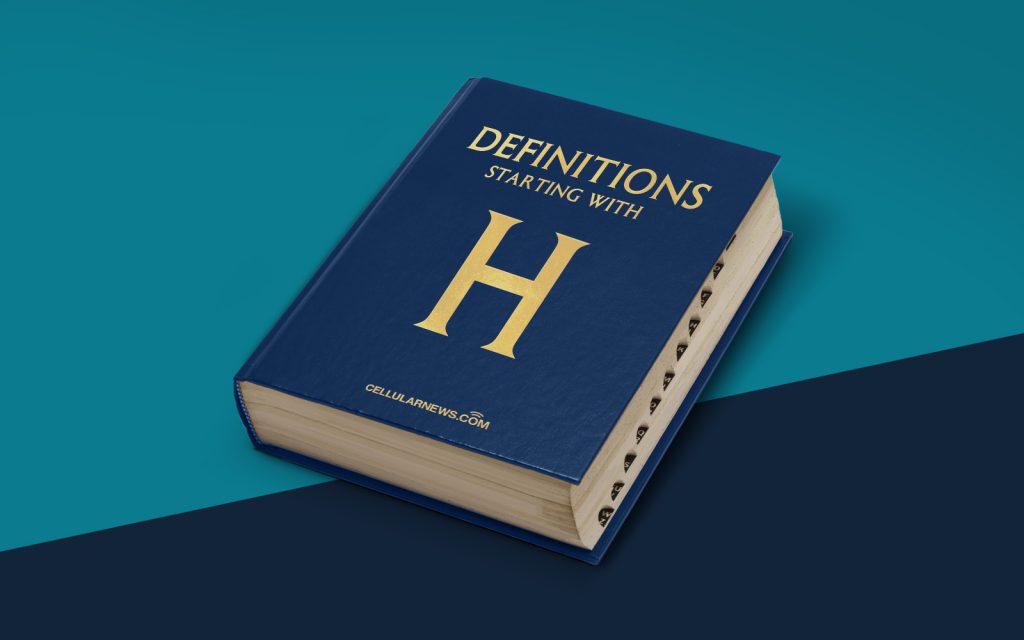
Handshaking: An Introduction to the Universal Gesture of Connection
Have you ever wondered why we shake hands? What’s the significance behind this universal gesture? Handshaking has been a fundamental part of human interaction for centuries, playing a crucial role in communication and establishing trust. In this article, we will explore the fascinating world of handshaking and delve into its history, cultural significance, and modern-day variations.
Key Takeaways
- Handshaking is a universal gesture used to establish trust, show respect, and build connections.
- This age-old tradition has historical roots and cultural variations in different parts of the world.
A Brief History of Handshaking
Handshaking dates back centuries and its origins can be traced to ancient times. It is believed that the handshake was initially used as a gesture to demonstrate peaceful intentions, showing that the hand held no weapon and a willingness to establish trust. Over time, handshaking became a common practice in various cultures and was even depicted in ancient artwork.
During the medieval period, handshaking gained importance as a symbolic gesture used to seal agreements and contracts. It was considered a sign of honor and loyalty. As societies evolved and technology advanced, handshaking continued to serve as a vital social interaction, particularly in business and diplomatic settings.
The Cultural Significance of Handshaking
While handshaking is a widely recognized form of greeting, it’s important to note that its cultural significance varies around the world. Let’s take a look at a few examples:
- United States: In American culture, a firm handshake is considered a sign of confidence and trustworthiness. It is customary to maintain eye contact during the handshake as a way to demonstrate respect and sincerity.
- Asian countries: In countries like Japan and South Korea, a softer handshake is the norm. Excessive force or prolonged handshakes are seen as inappropriate. Additionally, bowing or other forms of greeting may accompany the handshake.
- Middle Eastern countries: In Middle Eastern cultures, handshaking can be gender-specific, with men primarily shaking hands with each other and women using alternative greetings. The length and strength of the handshake can also vary, with longer handshakes seen as a sign of warmth and hospitality.
These are just a few examples of the cultural diversity in handshaking practices. Understanding these nuances can help avoid unintentional misunderstandings and show respect for different customs when interacting with people from diverse backgrounds.
The Modern-Day Evolution of Handshaking
While handshaking remains a prevalent form of greeting in many contexts, recent global events and changes in social norms have led to its reinterpretation and modification. The COVID-19 pandemic, for instance, has resulted in a shift towards alternative forms of greetings to maintain social distancing and reduce the spread of germs.
Elbow bumps, fist bumps, nods, and even digital greetings have become popular alternatives to the traditional handshake. These adaptations demonstrate our resilience and ability to adapt to changing circumstances while ensuring that the human connection remains intact.
In Conclusion
Handshaking is not merely a physical gesture; it is a powerful symbol of connection, trust, and respect. Despite its variations across cultures and the challenges presented by the modern world, the essence of handshaking remains the same: the opportunity to establish a meaningful connection with another person.
As we navigate an ever-changing landscape, it is crucial to embrace the evolving nature of greetings while respecting and understanding the cultural significance they hold. So the next time you extend your hand for a handshake, remember the rich history and universal language behind this timeless gesture.
